11 Simple Tricks to Tame Frizzy Hair
Frizzy hair happens when strands become dry and rough, causing them to lift and look unruly. This usually occurs because the hair lacks moisture or has been damaged. Factors like humidity, heat styling, and harsh products often make frizz worse. Understanding what causes frizz can help you manage it better. This article shares eleven simple tricks to help tame frizzy hair and keep it looking smooth.
This post may contain affiliate links, which helps keep this content free. Please read our disclosure for more info.
Use a Moisturizing Shampoo and Conditioner
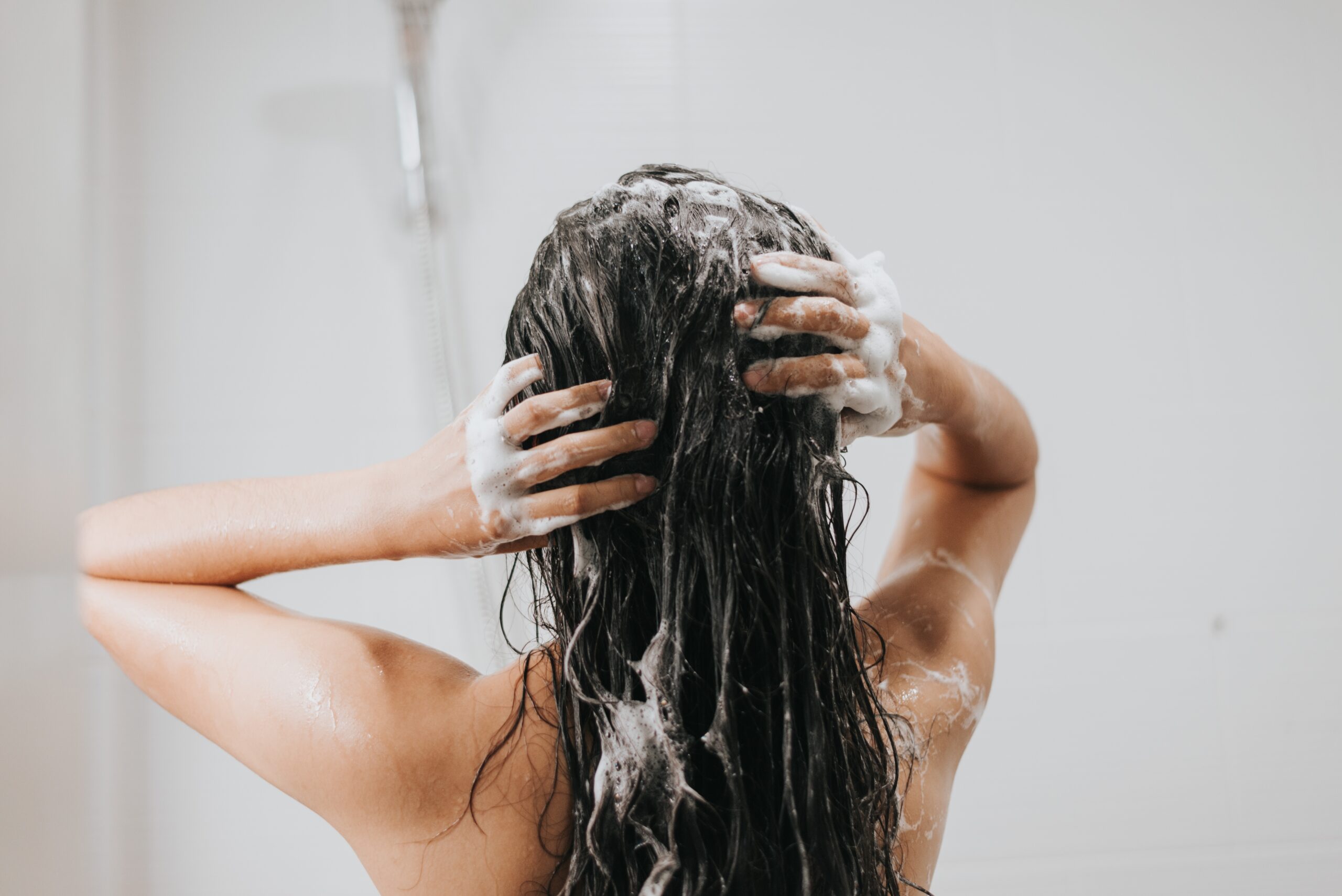
Using a moisturizing shampoo and conditioner helps replenish the hair’s natural oils. These products add hydration, which can reduce dryness that leads to frizz. Choose formulas that are sulfate-free since harsh detergents can strip moisture away. Proper cleansing with gentle products keeps hair soft and manageable.
Conditioning after shampooing smooths the hair cuticle and reduces flyaways. Regular use improves the hair’s texture and shine over time. Avoid washing hair too often, as this can dry out strands. Well-hydrated hair is less likely to become frizzy.
Avoid Hot Water When Washing Hair
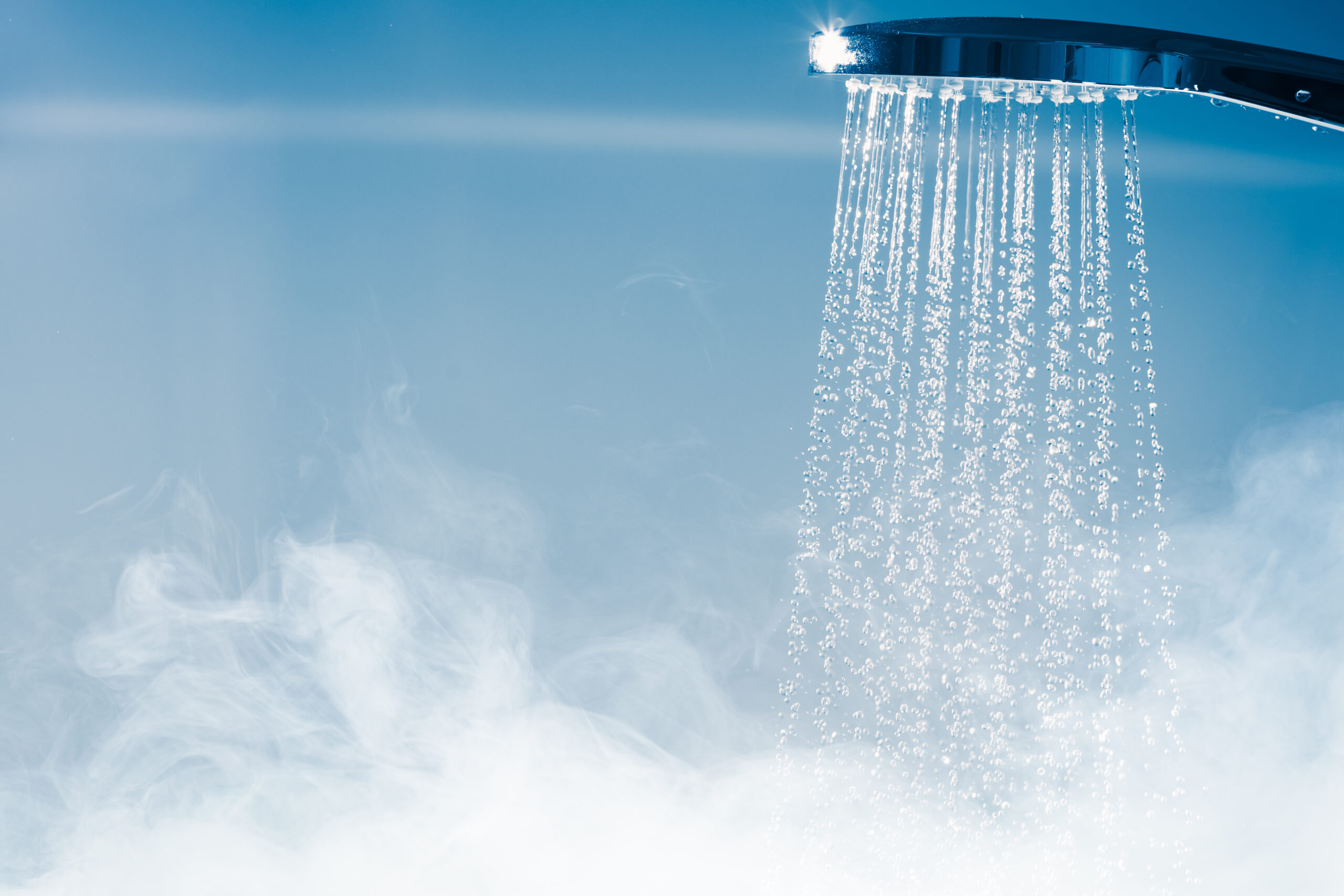
Hot water can strip hair of natural oils, causing dryness and frizz. Using lukewarm or cool water helps preserve moisture and keeps the hair cuticle closed. This makes hair smoother and less prone to damage. Rinsing with cooler water at the end of a wash is especially helpful.
Cold water also adds shine by sealing the hair surface. It may feel less comfortable, but the benefits for frizz control are worth it. Avoiding hot water can make a noticeable difference in hair health. It is a simple change that improves hair appearance.
Use a Microfiber Towel or Cotton T-shirt to Dry Hair

Regular towels can roughen hair and cause breakage, which leads to frizz. A microfiber towel or soft cotton T-shirt gently absorbs water without disturbing the hair cuticle. This reduces friction and prevents strands from lifting. Using these materials keeps hair smoother during drying.
This drying method also helps hair dry faster without harsh rubbing. It minimizes frizz compared to rough towel drying. Wrapping hair loosely in microfiber fabric protects delicate strands. It is a gentle way to care for hair after washing.
Apply Leave-in Conditioner or Hair Serum
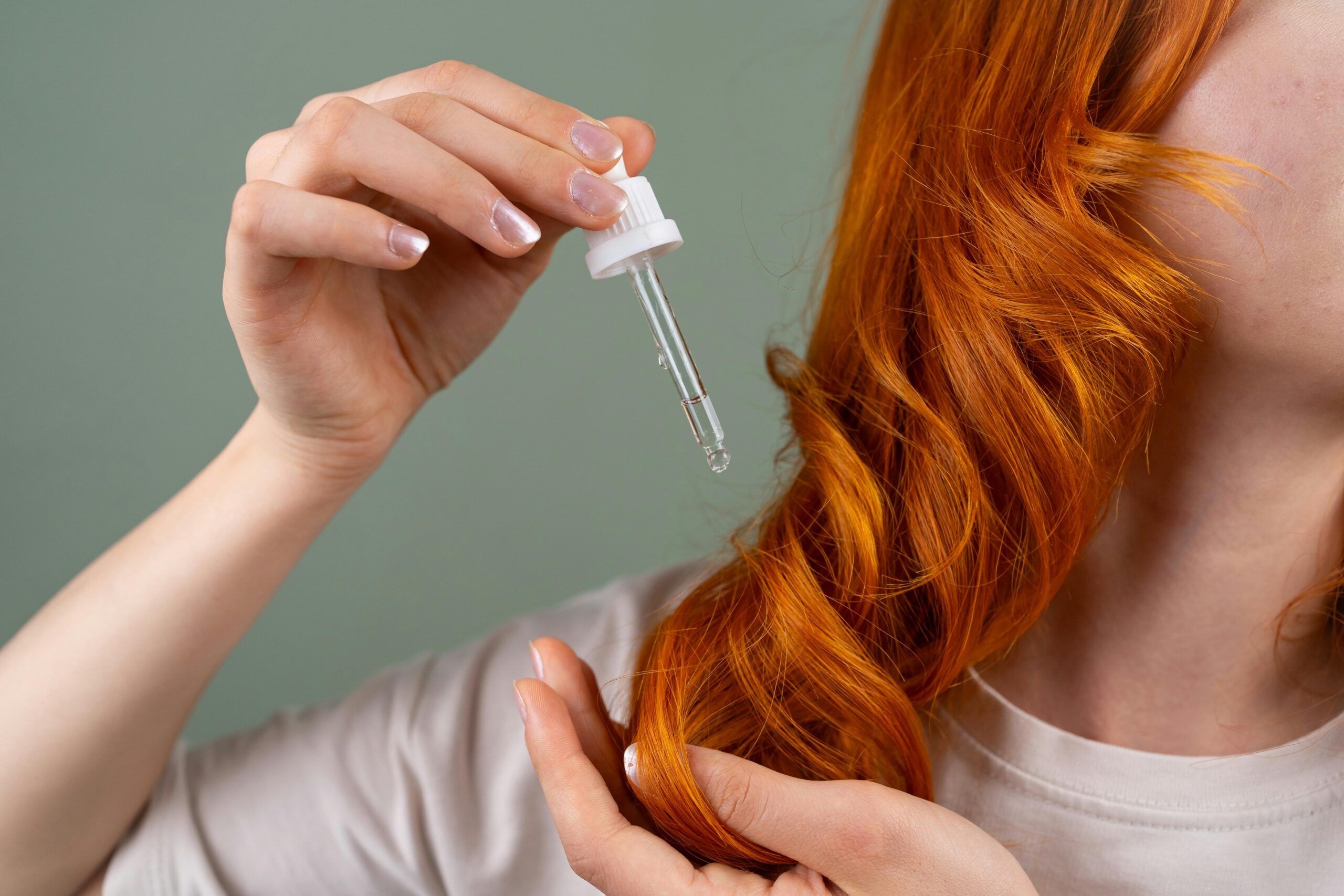
Leave-in conditioners and hair serums add extra moisture and protection throughout the day. They help seal the hair cuticle, preventing humidity from causing frizz. These products also make hair easier to style and manage. Applying a small amount after washing keeps hair soft and smooth.
Serums often contain ingredients like oils or silicones that form a light barrier on hair. This barrier repels moisture from the air and locks in hydration. Choose products based on your hair type to avoid heaviness or buildup. Regular use improves hair texture and appearance.
Limit Heat Styling Tools
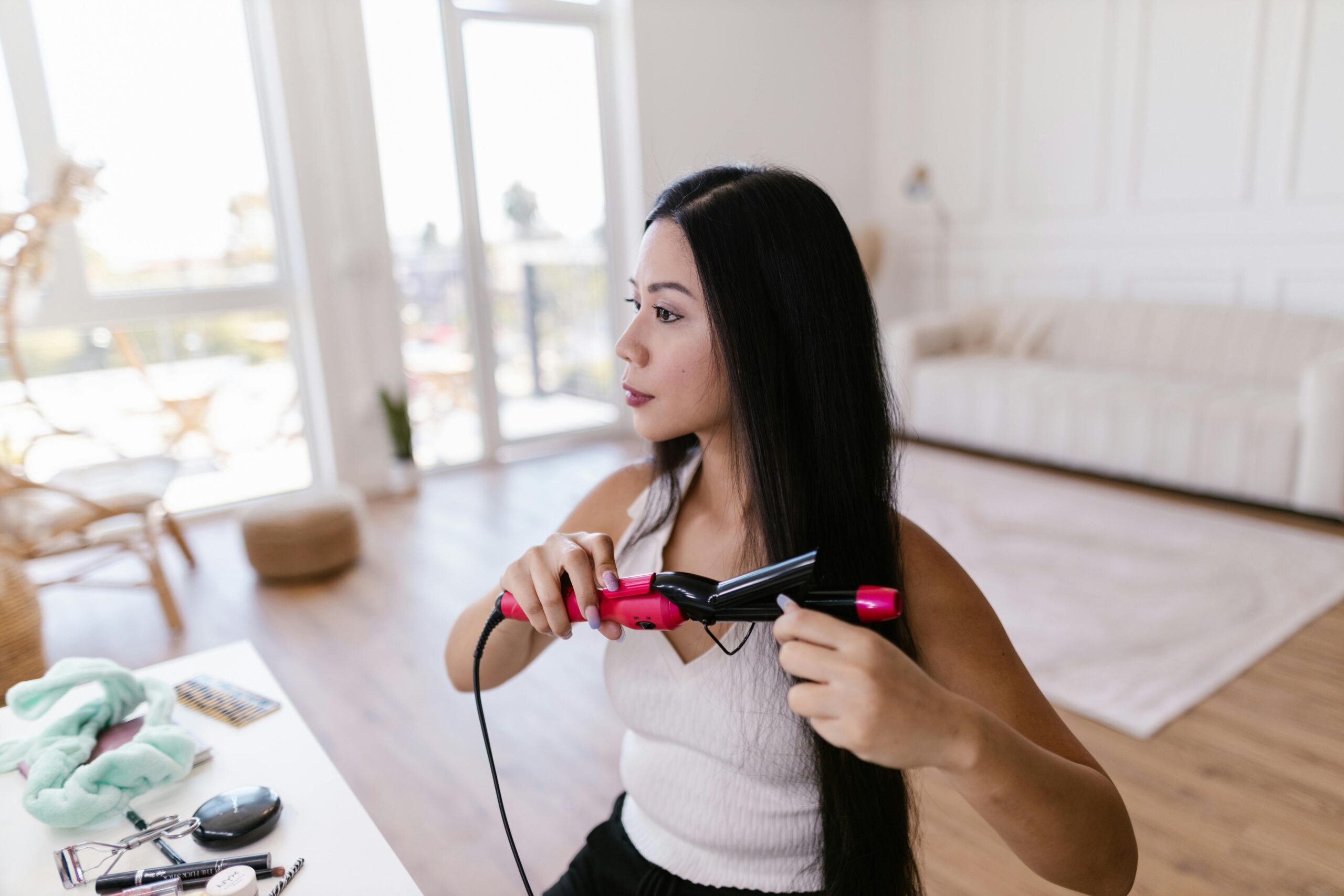
Using heat styling tools frequently can damage hair and increase frizz. High temperatures weaken the hair shaft and strip moisture, making hair dry and brittle. Reducing the use of straighteners, curling irons, and blow dryers helps keep hair healthier. When heat styling is necessary, use the lowest effective setting.
Always apply a heat protectant spray before styling to shield hair from damage. Heat protectants create a barrier that reduces moisture loss. Allow hair to air dry partially before using heat tools. Limiting heat styling preserves hair strength and reduces frizz.
Do Not Brush Dry Hair
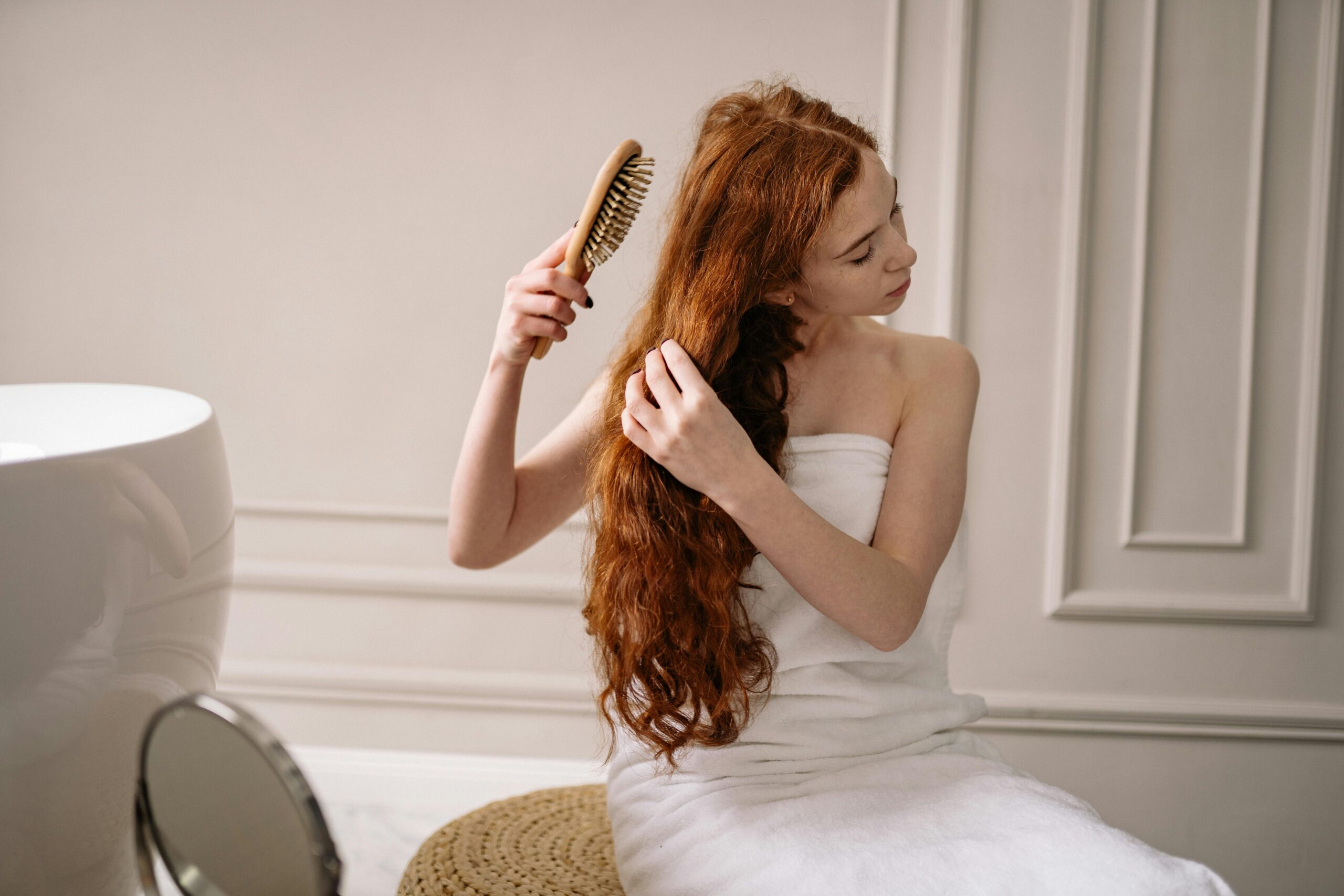
Brushing dry hair can lift the cuticle and cause frizz, especially for curly or wavy hair. It often breaks up curls and creates unwanted flyaways. Instead, detangle hair when it is damp using a wide-tooth comb. This reduces tension and prevents damage.
Combing damp hair helps keep strands smooth and less frizzy. Use gentle strokes starting from the ends and working up to the roots. Avoid harsh brushing, which can make frizz worse. Proper detangling maintains the natural shape of the hair.
Sleep on a Silk or Satin Pillowcase
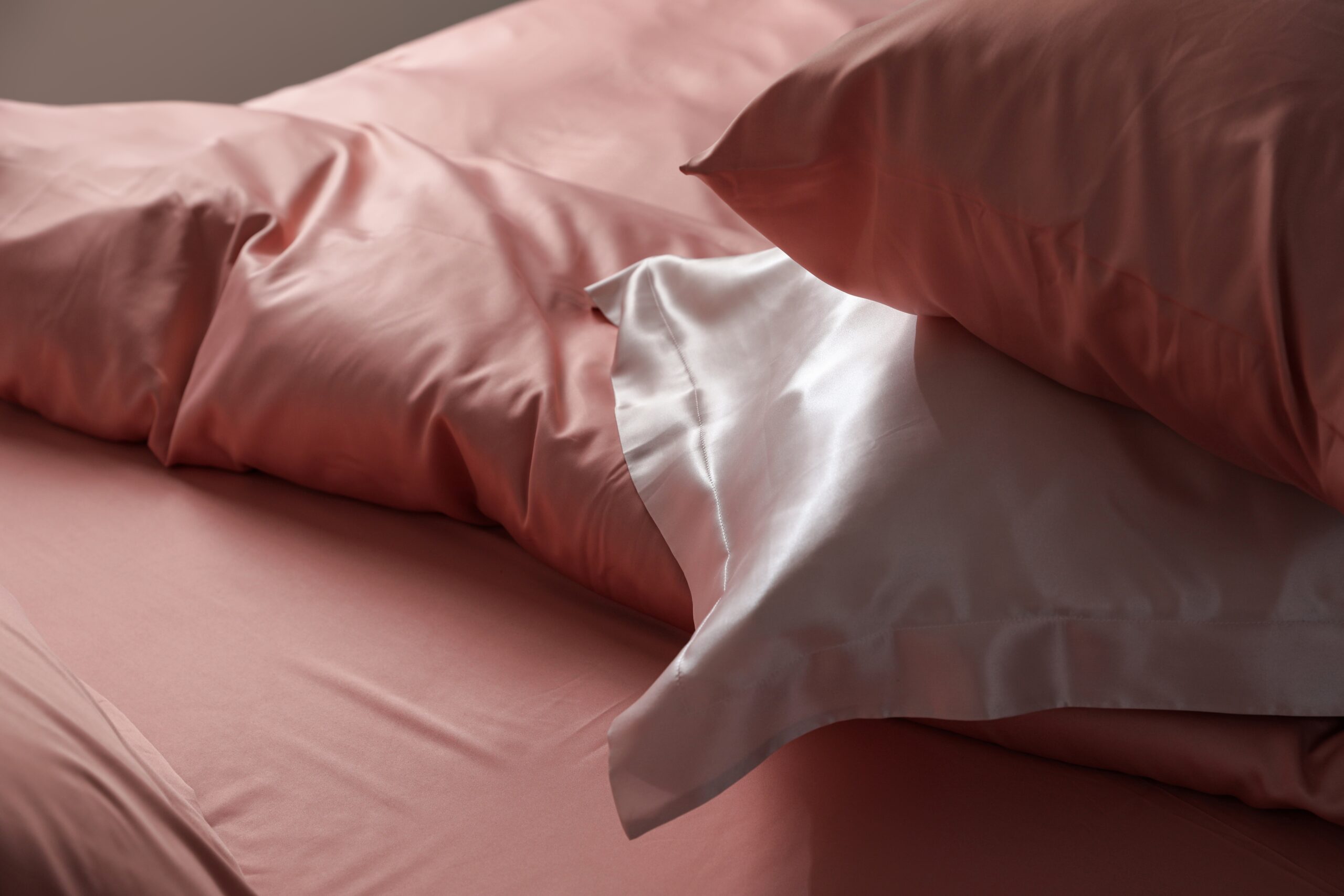
Cotton pillowcases create friction that roughens hair and causes frizz overnight. Sleeping on silk or satin pillowcases reduces this friction and protects hair cuticles. These smooth fabrics help maintain hair moisture and prevent breakage. This simple change can improve hair texture over time.
Silk and satin pillowcases also reduce tangling, making morning hair easier to manage. They help hair retain the style and smoothness while you sleep. Switching pillowcases is an easy way to care for frizzy hair without extra effort. Many people notice less frizz and breakage with this change.
Use Deep Conditioning Treatments Weekly
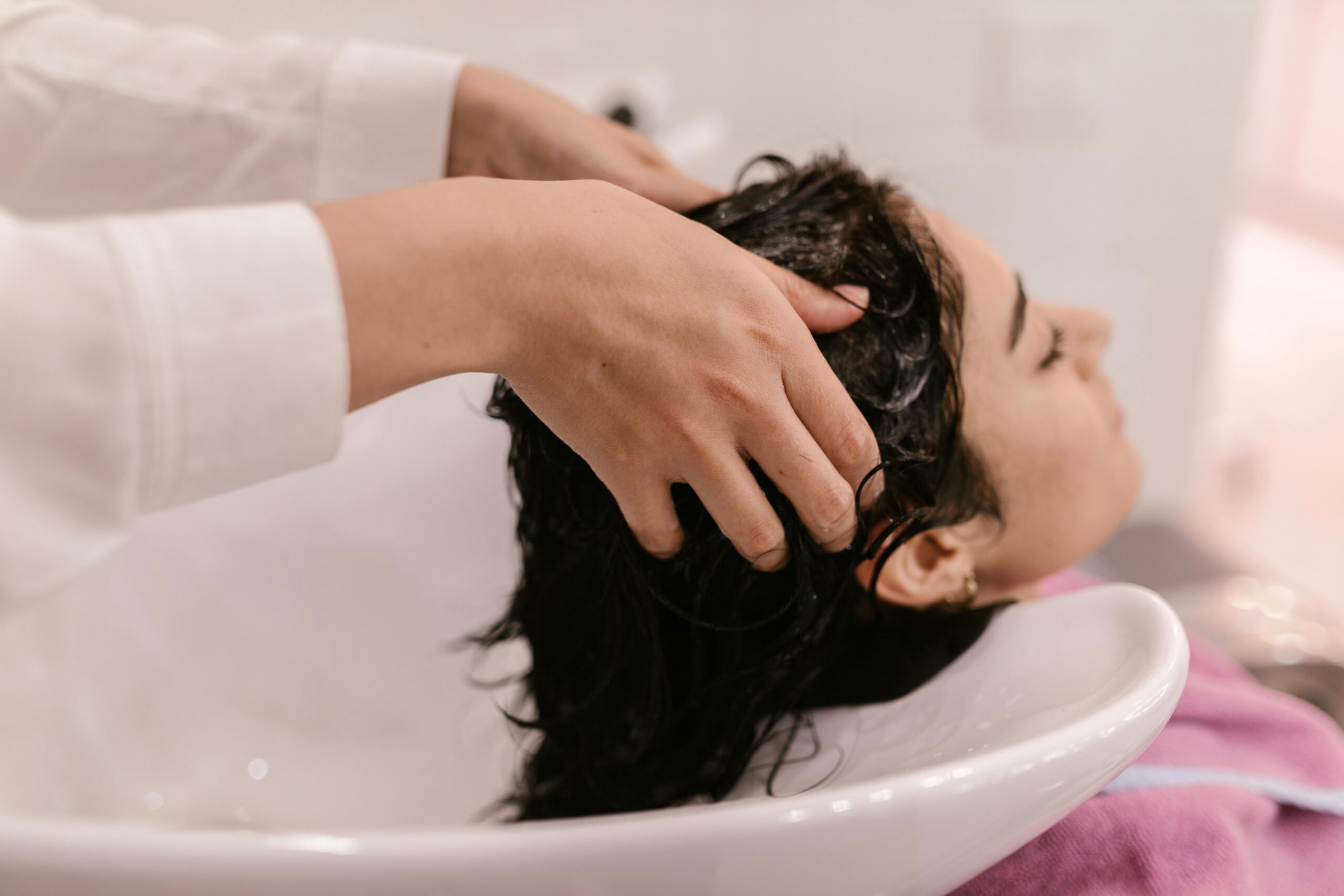
Deep conditioning treatments provide intense hydration that regular conditioners cannot match. They help repair dry and damaged hair, reducing frizz and improving softness. Applying a deep conditioner once a week nourishes hair from root to tip. It restores moisture balance and strengthens strands.
These treatments often contain rich oils and proteins that rebuild hair structure. Leaving the product on for several minutes allows for better absorption. Regular use keeps hair healthy and more resistant to humidity. Deep conditioning is a helpful step in any anti-frizz routine.
Avoid Overwashing Hair

Washing hair too often removes natural oils that protect and moisturize strands. This leads to dryness and increases the chance of frizz. Many people find washing their hair every two to three days is sufficient. Less frequent washing helps maintain the hair’s natural barrier.
Using dry shampoo between washes can keep hair feeling fresh without stripping moisture. Overwashing also exposes hair to more styling products and heat, which causes damage. Giving hair time to recover supports smoother, healthier strands. It is a simple way to control frizz.
Protect Hair from Humidity

Humidity causes frizzy hair by making strands swell and lift. Protecting hair from humid air helps keep it smooth and controlled. Wearing hats or using anti-humidity sprays can shield hair when outside. These products create a lightweight barrier against moisture.
Avoid touching your hair frequently, as this can break the cuticle and increase frizz. Some hairstyles like braids or buns help contain hair and reduce exposure. Managing humidity is key to maintaining a polished look. Small steps help prevent frizz during damp weather.
Trim Hair Regularly
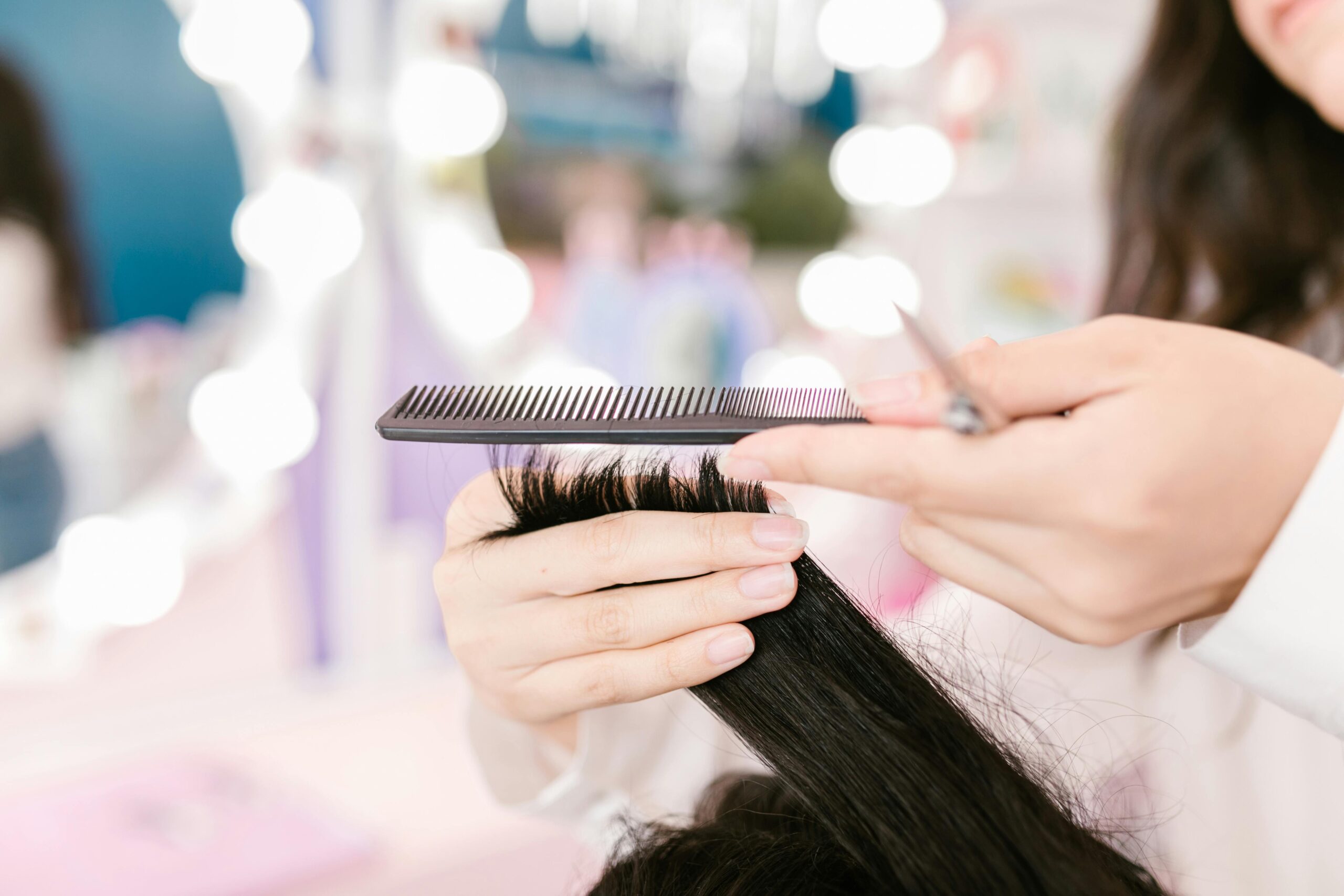
Regular trims remove split ends that contribute to frizz and breakage. Healthy ends prevent hair from looking dry and rough. Getting a trim every six to eight weeks keeps hair in better condition. Well-maintained hair is easier to style and less prone to frizz.
Trimming also promotes even growth and reduces tangling. It helps maintain the shape of your haircut, which controls volume and frizz. Avoid skipping trims to keep hair smooth and neat. This basic habit supports long-term hair health.
Managing frizzy hair takes consistent care and the right techniques. These simple tricks can help you keep hair smooth and healthy every day. By choosing gentle products and protecting hair from damage, you will notice a difference in texture and shine. With patience and good habits, frizz can become much easier to control.
This article originally appeared on Avocadu.
